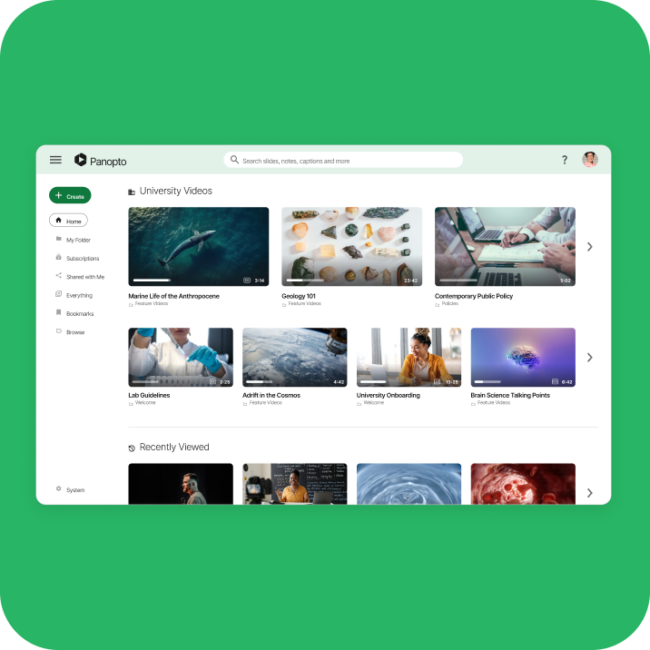Onboarding Checklist and Training for New Employees

Onboarding is a critical phase that can make or break a new employee’s experience. The right combination of an onboarding checklist and training for new employees ensures that new hires feel welcomed, supported, and ready to succeed in their roles. Without a structured process, new employees may feel overwhelmed, unprepared, or disconnected from the company’s goals.
A well-organized onboarding program accelerates time-to-productivity, increases engagement, and reduces turnover. By integrating clear steps, personalized training, and the right tools, you can create a seamless process that equips new hires with the knowledge and confidence they need to thrive. In this guide, we’ll explore how to build an effective onboarding checklist and training for new employees that sets the stage for long-term success.
Why Structured Training for New Employees Is Essential
Providing structured training for new employees is critical to their long-term success and engagement. Here’s why it should be a core part of your onboarding program:
1. Accelerates Time-to-Productivity
New hires often take weeks or months to reach full productivity. Structured training programs provide clear guidance on tasks, tools, and workflows, helping new employees become effective contributors faster. By offering step-by-step instruction, you reduce the time it takes for them to understand and perform their roles.
2. Boosts Engagement and Job Satisfaction
Employees who receive proper training are more likely to feel confident and motivated in their new roles. When new hires understand their responsibilities and how their work contributes to the company’s success, they develop a stronger connection to the organization. Structured training for new employees creates opportunities for meaningful engagement early on.
3. Reduces Turnover
The first few months are critical in determining whether a new hire stays or leaves. Poor onboarding experiences can lead to early resignations. Providing comprehensive training builds a sense of belonging and prepares employees to handle challenges, increasing retention rates. Organizations that invest in employee training see significantly lower turnover compared to those that rely on unstructured processes.
4. Ensures Consistency Across Teams
Without structured training, new hires may receive inconsistent guidance depending on their manager or team. A standardized training program ensures that all employees receive the same high-quality instruction on company policies, procedures, and values, regardless of their department or location.
By implementing structured training for new employees, organizations can create a smooth onboarding experience that drives engagement, productivity, and long-term success.
Creating an Effective Onboarding Checklist
A detailed onboarding checklist ensures that new hires have a smooth transition into their roles. By breaking down the onboarding process into manageable steps, you can create a consistent, organized, and engaging experience. Here’s how to develop an effective checklist that incorporates training for new employees.
1. Pre-Onboarding Preparation
Lay the groundwork before the employee’s first day.
- Collect necessary documents, such as contracts, tax forms, and confidentiality agreements.
- Prepare tools and equipment, including laptops, software access, and workstations.
- Share an overview of the onboarding schedule, including key training sessions.
2. First-Day Essentials
Make the first day welcoming and informative.
- Provide a welcome orientation to introduce the company’s mission, values, and policies.
- Introduce the new hire to their manager, team members, and key stakeholders.
- Ensure all equipment and accounts are set up for immediate use.
3. Role-Specific Training
Develop a schedule for targeted training for new employees based on their roles.
- Cover essential tools, procedures, and workflows specific to their responsibilities.
- Include interactive training sessions, shadowing opportunities, and on-the-job practice.
- Use platforms like Panopto to deliver on-demand training videos and track progress.
4. Ongoing Support and Feedback
Provide continuous support to help new hires adapt and grow.
- Schedule regular check-ins with their manager to address questions and offer guidance.
- Assign a mentor or peer to provide informal support and help with social integration.
- Encourage feedback from the new hire to improve the onboarding process.
By following a structured onboarding checklist, you can ensure new hires feel prepared, engaged, and confident in their roles. This foundation not only supports productivity but also enhances retention by making employees feel valued from day one.
Designing a Training Program for New Employees
An effective training program for new employees is key to accelerating their success and ensuring they feel confident and prepared for their roles. By designing a structured and engaging training program, you can equip new hires with the knowledge and skills they need to thrive.
1. Assess Training Needs
Identify the essential skills, tools, and knowledge required for each role.
- Collaborate with managers and department leads to understand role-specific requirements.
- Determine areas where new hires may need additional support, such as industry-specific policies or compliance training.
2. Develop Structured Learning Paths
Create a training schedule that balances flexibility with structure.
- Combine self-paced resources, such as recorded video modules, with instructor-led sessions.
- Include interactive elements, like quizzes or simulations, to reinforce learning.
- Use a video content management system like Panopto to host training videos and provide employees with on-demand access to key materials.
3. Incorporate Company Values and Culture
Help new hires understand and connect with your organization’s mission and culture.
- Include sessions on company values, history, and goals to provide context for their role.
- Use storytelling, case studies, and interviews with leadership to create an emotional connection to the organization’s vision.
4. Utilize Training Tools and Portals
Leverage technology to streamline the delivery and tracking of training materials.
- Implement an employee training portal to centralize content, track progress, and provide automated reminders for training milestones.
- Use video-based training to enhance engagement and retention by offering visual demonstrations of key processes and skills.
5. Provide Opportunities for Interaction and Feedback
Encourage active participation to enhance the learning experience.
- Schedule group training sessions or team activities to promote collaboration.
- Collect feedback from new hires to continuously improve the program and address gaps in content.
By designing a comprehensive and engaging training program for new employees, your organization can reduce onboarding time, improve productivity, and foster stronger connections with new hires. This approach sets a solid foundation for long-term success.
Set New Hires Up for Success with Effective Onboarding
A well-organized onboarding process that includes a comprehensive training program for new employees is essential for boosting engagement, productivity, and retention. By creating a detailed onboarding checklist, offering structured training, and integrating the right tools, you can ensure new hires feel supported and prepared to thrive in their roles.
From pre-onboarding preparation to ongoing support, each step plays a vital role in helping employees transition smoothly into your organization. Investing in onboarding and training not only benefits new hires but also strengthens your company’s culture and long-term success. Ready to transform your onboarding experience? Implement a plan that inspires confidence, growth, and performance from day one. Discover how Panopto can help with the process through a personalized demo.
Latest News
-

- Training
Microlearning in eLearning: A Complete Guide for Organizations
Microlearning has emerged as a truly impactful approach within the world of eLearning. With our increasingly shorter attention spans and the growing need for flexible learning solutions, organizations are now adopting microlearning to upskill employees and enhance learner engagement like never before. But what exactly is microlearning, and how can your organization truly leverage its…
Microlearning in eLearning: A Complete Guide for Organizations
-

- Training
Core Competency Training Guide: Transforming Organizational Expertise into Competitive Advantage
Core competency training empowers organizations to harness their unique strengths and turn them into competitive advantages. This separates market leaders from the pack. By strategically identifying and developing these distinctive organizational capabilities, companies create the foundation for sustainable growth and market differentiation that competitors simply cannot replicate. This guide will walk you through implementing practical…
Core Competency Training Guide: Transforming Organizational Expertise into Competitive Advantage
-

- Onboarding
Onboarding Solutions That Drive Engagement
Onboarding solutions set the tone regarding how companies welcome new employees. Modern approaches dramatically boost productivity and retention rates. Yet many organizations still use outdated methods that frustrate and disengage new hires. This gap between expectations and reality creates an opportunity. Smart solutions turn a tedious process into a strategic advantage. New employees need more…
Onboarding Solutions That Drive Engagement



